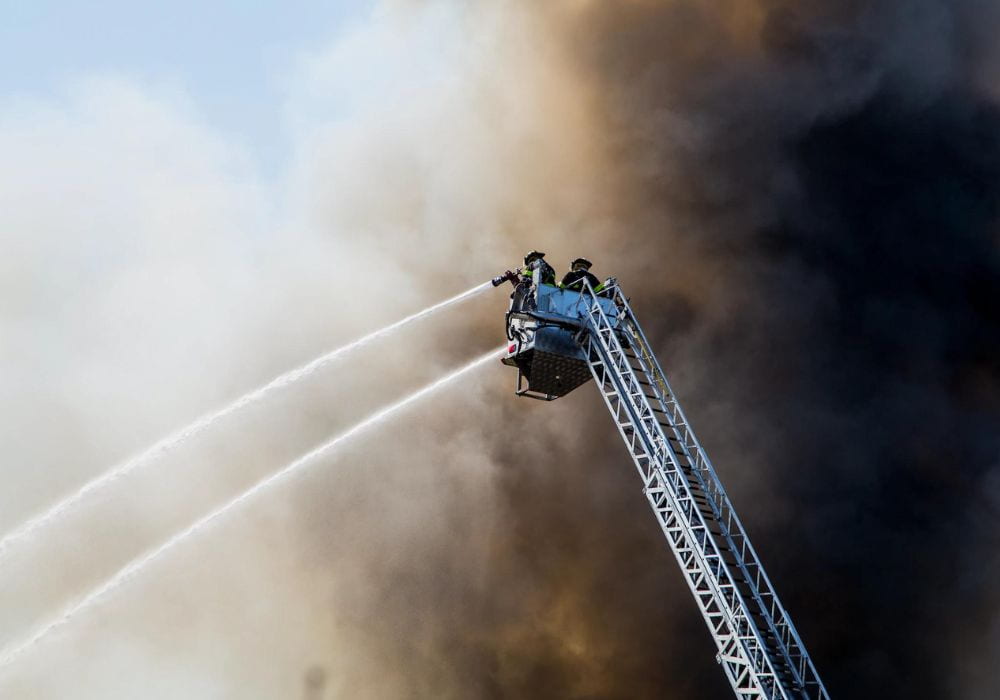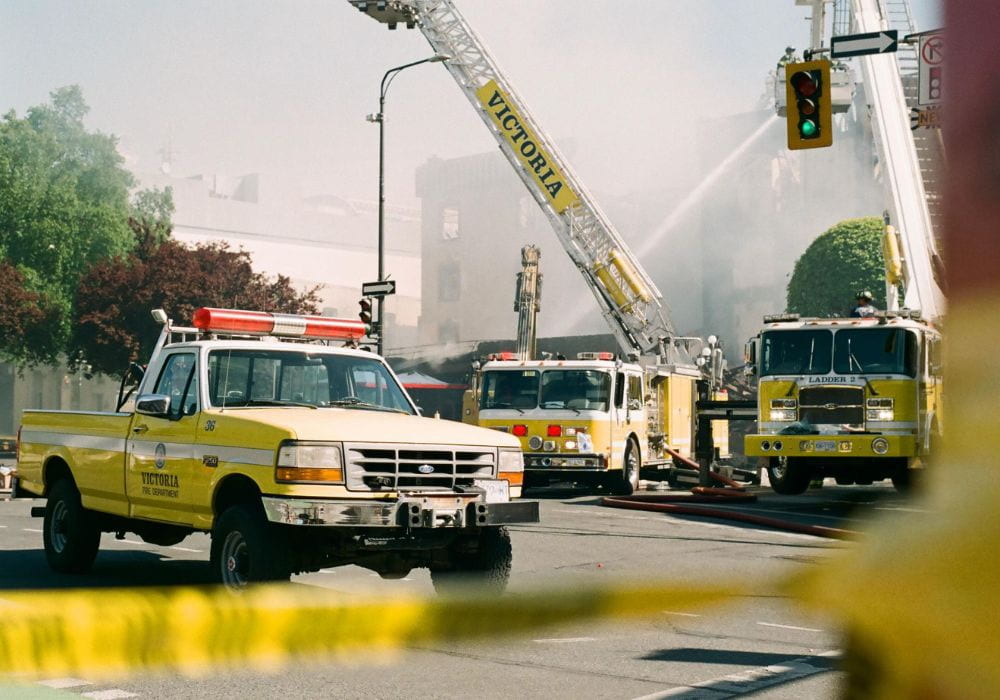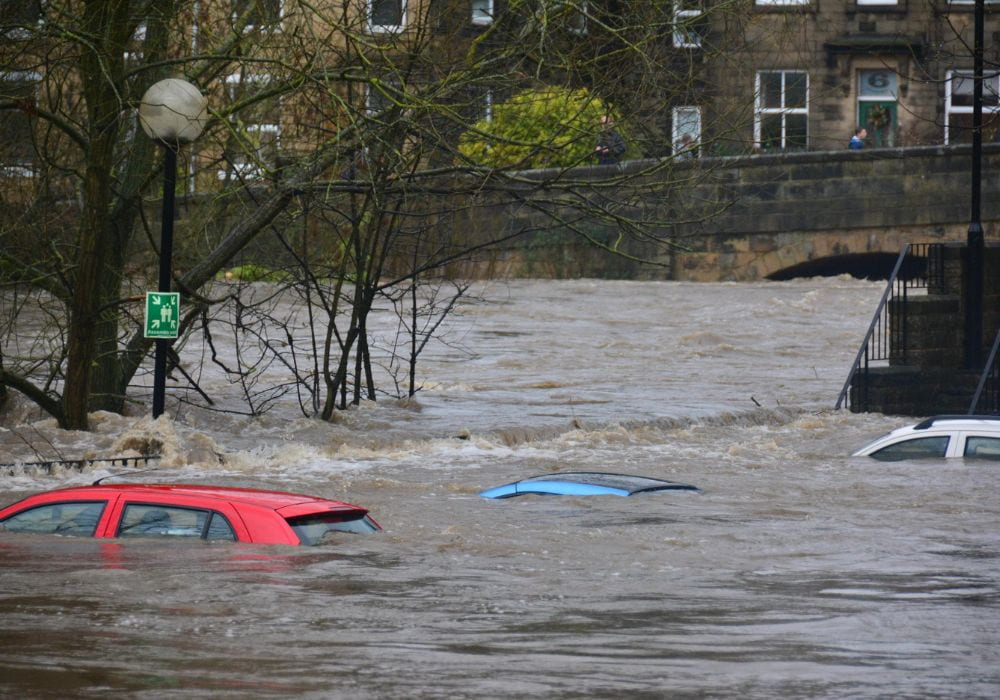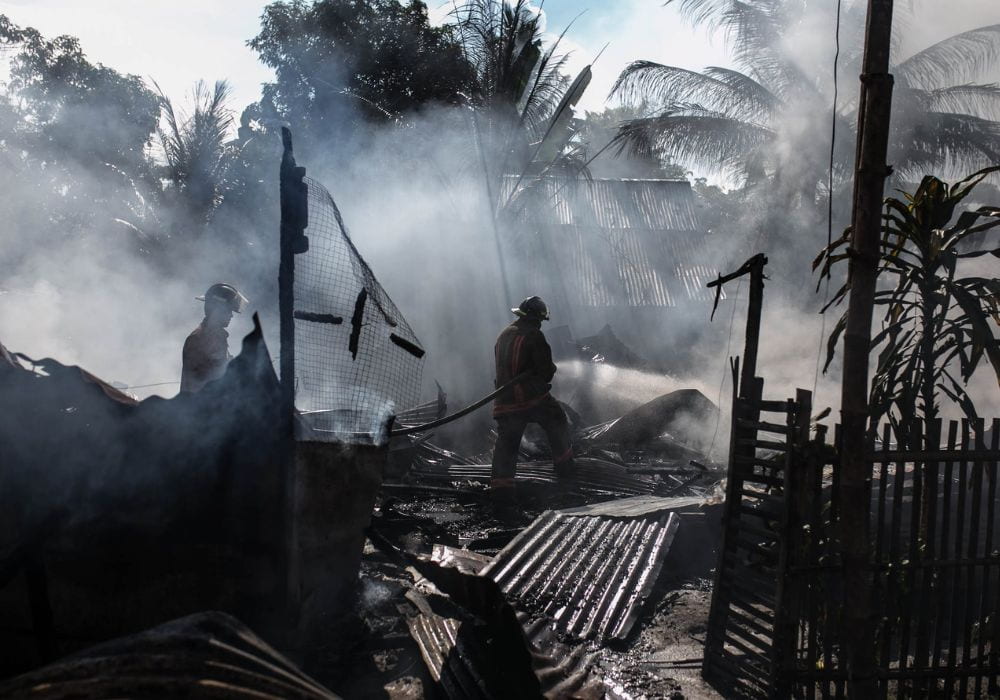Ilse Nicole Heredia’s case study provides an overview of the 2019 U.S. polar vortex. Extreme cold temperatures led to infrastructural and supply chain damages, causing many deaths and injuries in cities across the Midwest. During the disaster, one significant gap in preparedness was a lack of shelter for individuals experiencing homelessness. To address this inadequacy, cities adapted hotels, churches, schools, and government buildings into temporary shelters.
Continue reading “Ilse Nicole Heredia’s Case Study on the 2019 Polar Vortex”Omary Perez Case Study on the Tornado in Joplin, Missouri

A tornado that hit Joplin, Missouri on May 22, 2011, was one of the deadliest natural disasters in US history. The storm surge killed 161 people, leaving nearly 2000 people injured and displacing 9,200.
Continue reading “Omary Perez Case Study on the Tornado in Joplin, Missouri”Kelsey Patterson’s Case Study on the 2023 Earthquake in Turkey and Syria

Due to their proximity to tectonic plate fault lines, Turkey and Syria are especially at risk of serious earthquakes. Patterson’s case study provides an overview of the total damage caused by casualties and destruction of industry from the February 6, 2023, magnitude 7.8 earthquake and its subsequent aftershocks in the two countries.
Continue reading “Kelsey Patterson’s Case Study on the 2023 Earthquake in Turkey and Syria”Nancy Daneau’s Case Study on Extreme Heat Wave in Phoenix, AZ

Daneau’s case study provides an overview of the extreme heat waves in Phoenix, Arizona between 2012 and 2022. During this period, more than 3,200 individuals died from heat-related complications.
Continue reading “Nancy Daneau’s Case Study on Extreme Heat Wave in Phoenix, AZ”Wanda Dikiy’s Key Definitions of Disasters

In this brief, Wanda Dikiy defines disasters in the following two categories: acute, or slow-onset. Dikiy then argues that disruption to essential services is the most important indicator of a disaster’s impact, since it exposes the community to risks normally addressed by the local medical system and produces additional negative effects that may lead to long-term complications.
Continue reading “Wanda Dikiy’s Key Definitions of Disasters”Kaira Lapurga’s Key Definitions of Disasters

Kaira Lapurga outlines categories of disasters and best indicators for disasters’ public health impacts in this brief. In particular, Lapurga describes how snowballing of a disaster’s negative effects could happen in the event of complex disasters. Finally, Lapurga highlights the important role of monitoring in disaster prevention and timely disaster response.
Continue reading “Kaira Lapurga’s Key Definitions of Disasters”Rushil Vipulkumar Patel’s Discussion on Trends in Disasters and Disaster Fatalities

In this brief, Rushil Vipulkumar Patel discusses current trends in disasters and their relationship to disaster fatalities. Patel presents that while the absolute number of natural disasters is increasing, the number of fatalities from natural disasters is decreasing. He then provides an analysis of the factors influencing these global disaster trends.
Continue reading “Rushil Vipulkumar Patel’s Discussion on Trends in Disasters and Disaster Fatalities”Ruijun Lei’s Key Definitions of Disasters

In this brief, Ruijin Lei defines “disasters” in public health by outlining ways to assess their impacts. Lei identifies the best indicators of a disaster’s public health impacts as 1) the immediate loss of human lives, 2) degree of disruptions to essential services, and 3) its long-term impacts on society.
Continue reading “Ruijun Lei’s Key Definitions of Disasters”Smeet Patel’s Discussion of Trends in Disasters and Disaster Fatalities

Patel presents demographic and economic trends in disaster and disaster fatalities from recent decades. The discussion focuses on natural and complex disasters from extreme weather events, as well as man-made disasters such as acts of terrorism.
Continue reading “Smeet Patel’s Discussion of Trends in Disasters and Disaster Fatalities”Nancy Daneau’s Discussion on Trends in Disasters and Disaster Fatalities

Nancy Daneau discusses current trends in disasters and how they influence disaster fatalities, pointing out that while the absolute number of natural disasters is increasing, the number of fatalities from natural disasters is decreasing. Moreover, Daneau offers an analysis of the factors determining global disaster trends for both natural and man-made disasters.
Continue reading “Nancy Daneau’s Discussion on Trends in Disasters and Disaster Fatalities”